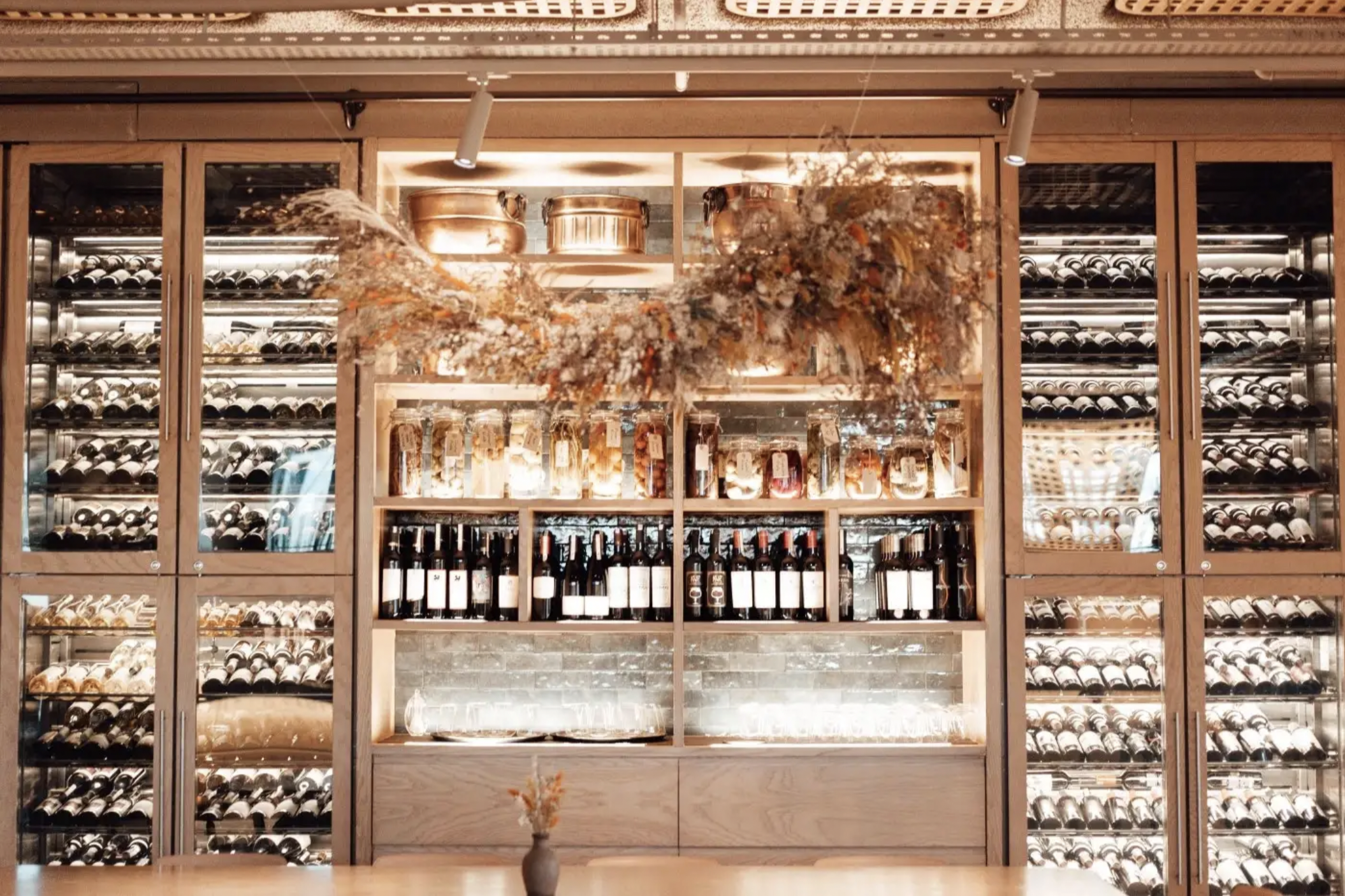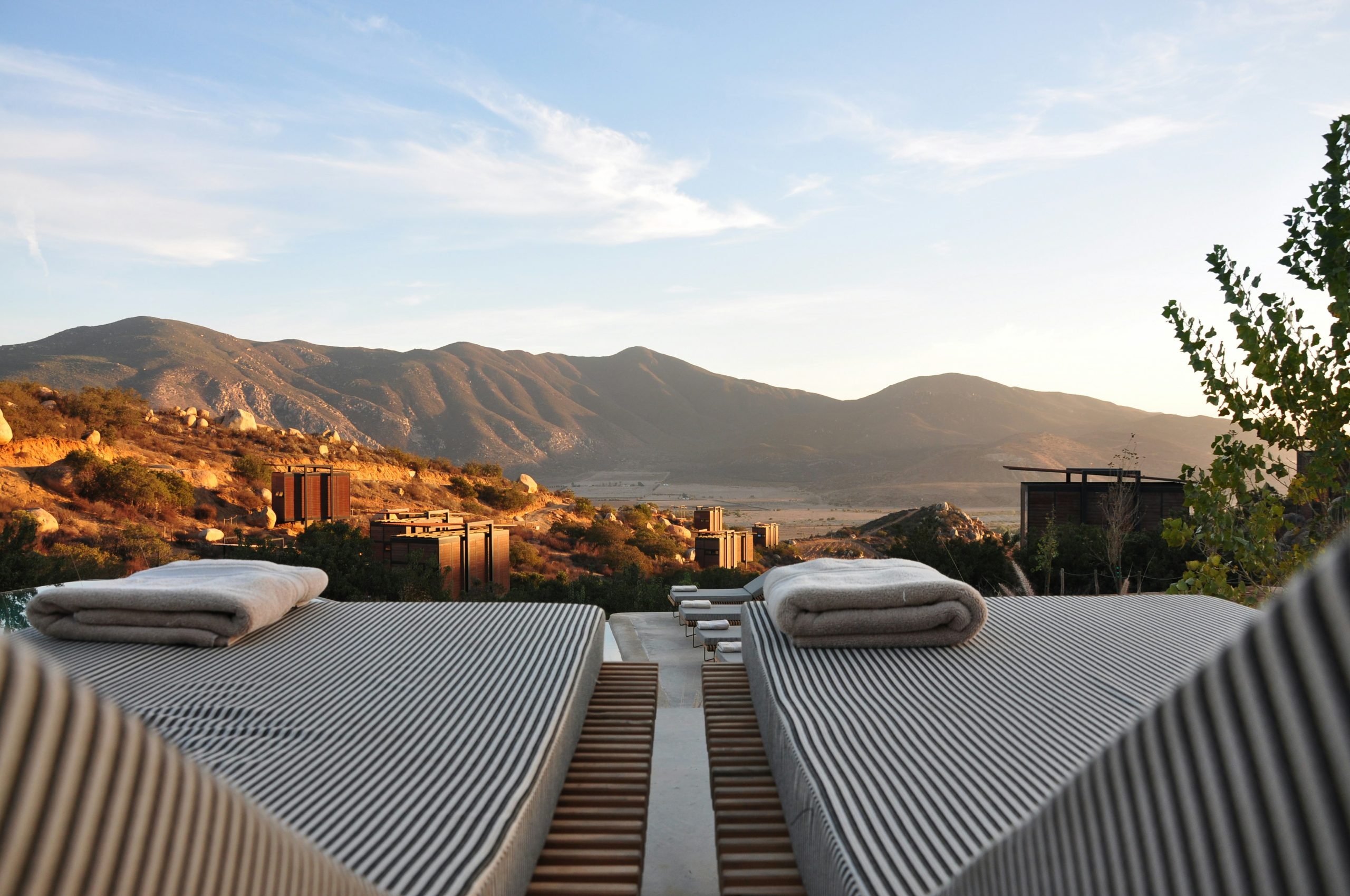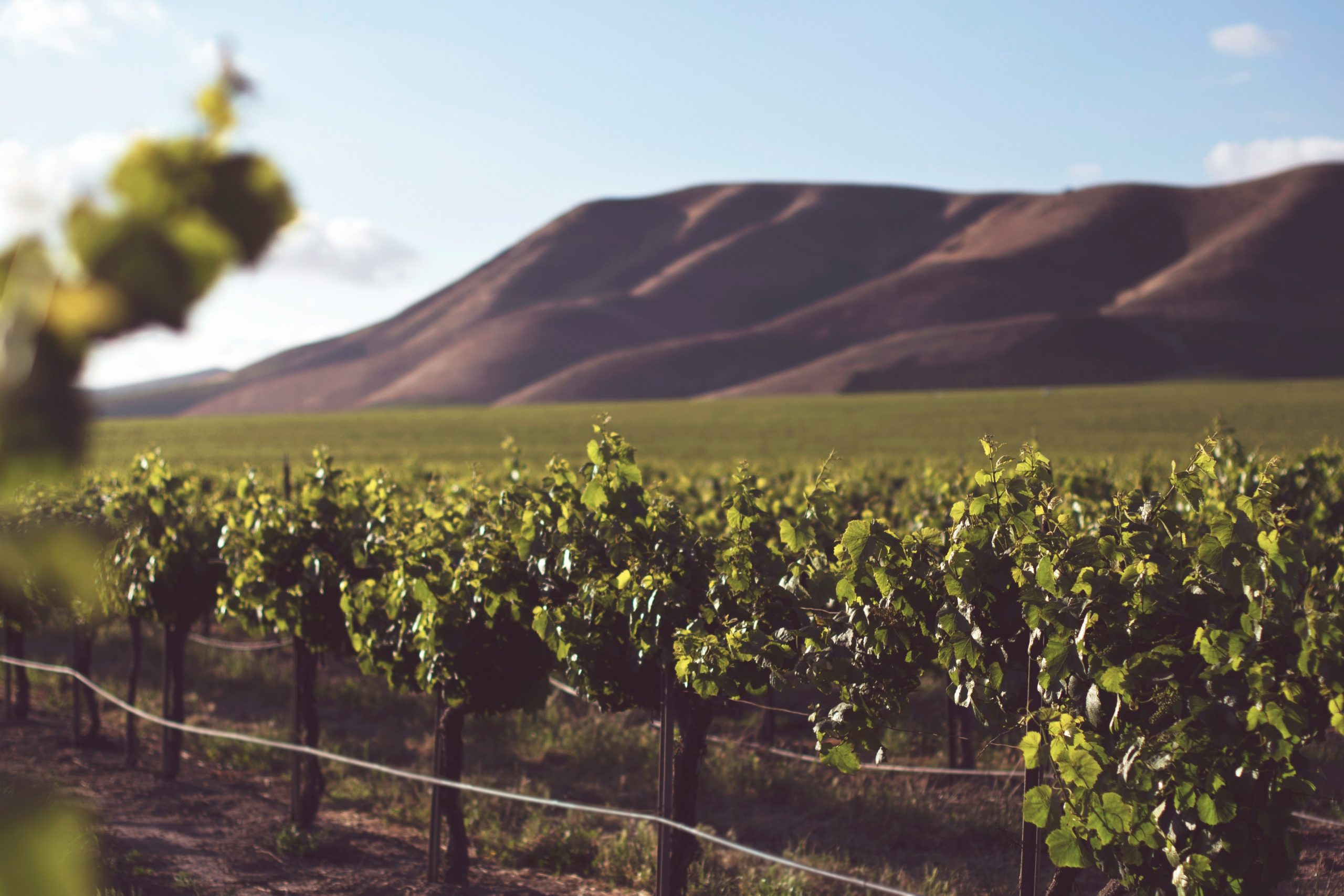
Raise a glass to nonalcoholic beverage stores.
Have you heard of Dry January? How about Sober October or No Alcohol November? As the names suggest, these are months when people commit to giving up alcohol for a variety of reasons–from health to a change in interests and activities.
Some people, however, are extending sobriety beyond these trendy months into a lifestyle. These days, it’s hard to walk into a store or browse your social media feed without seeing a non-alcoholic cocktail, beer, or wine. Last year, the volume of these products grew around 27 percent in the United States. Also in 2021, alcohol delivery app Drizly had a 166 percent increase in nonalcoholic products on their platform compared to 2019. This makes sense, considering sales for these beverages shot up 600 percent last year.
With increased demand, as well as big brands like Heineken developing their own alcohol alternatives, it’s natural for entrepreneurs to hop on this beverage bandwagon in innovative ways.
For example, nonalcoholic stores are popping up all across the United States. Earlier this year, Atlanta bottle shop Elemental Spirits Co. and nonalcoholic distributor Elemental Spirits Co. announced they were opening the Zero Co.–the Georgia capital’s first shop devoted to sober spirits. Elemental Spirits Co. founders were inspired to open the Zero Co. after experiencing the popularity and consistent growth of nonalcoholic drinks in their original store.
The Los Angeles area got its second nonalcoholic bottle shop this year. The New Bar, located in Venice, offers a variety of zero proof spirits, tastings, and even an outdoor space to enjoy mocktails.
The no-alcohol wave isn’t just happening in a few U.S. hotspots. Just this year, nonalcoholic beverage shops opened their doors in New York, Minnesota, and San Francisco. For those who can’t find a store in their city, there’s no shortage of alcohol-free products online and even bars and restaurants.
So, what’s driving the nonalcoholic beverage boom? Brands can largely credit their rise to more wellness conscious consumers, namely Gen Z. Around 21 percent of Gen Z drink alcohol regularly compared to approximately 42 percent of millennials.
Aside from young people, consumers generally became more health-conscious and sober-curious during the pandemic. Last year, 22 percent of respondents in a Nielsen survey said they were consuming less alcohol (with the top reasons being going out less, losing their interest in drinking, and health). In total, Americans spent an impressive $3.3 billion on low- and no- alcohol drinks last year.
While we don’t know if demand for nonalcoholic spirits, wine, and beer will continue to rapidly increase as it has in recent years, as an investor in the beverage space, I am certainly excited to see so many brands and entrepreneurs innovating to meet new tastes.
But, whether you’re sober, sober-curious, or prefer an old fashioned Old Fashioned, this innovative sector of the beverage industry is certainly something to toast too.



